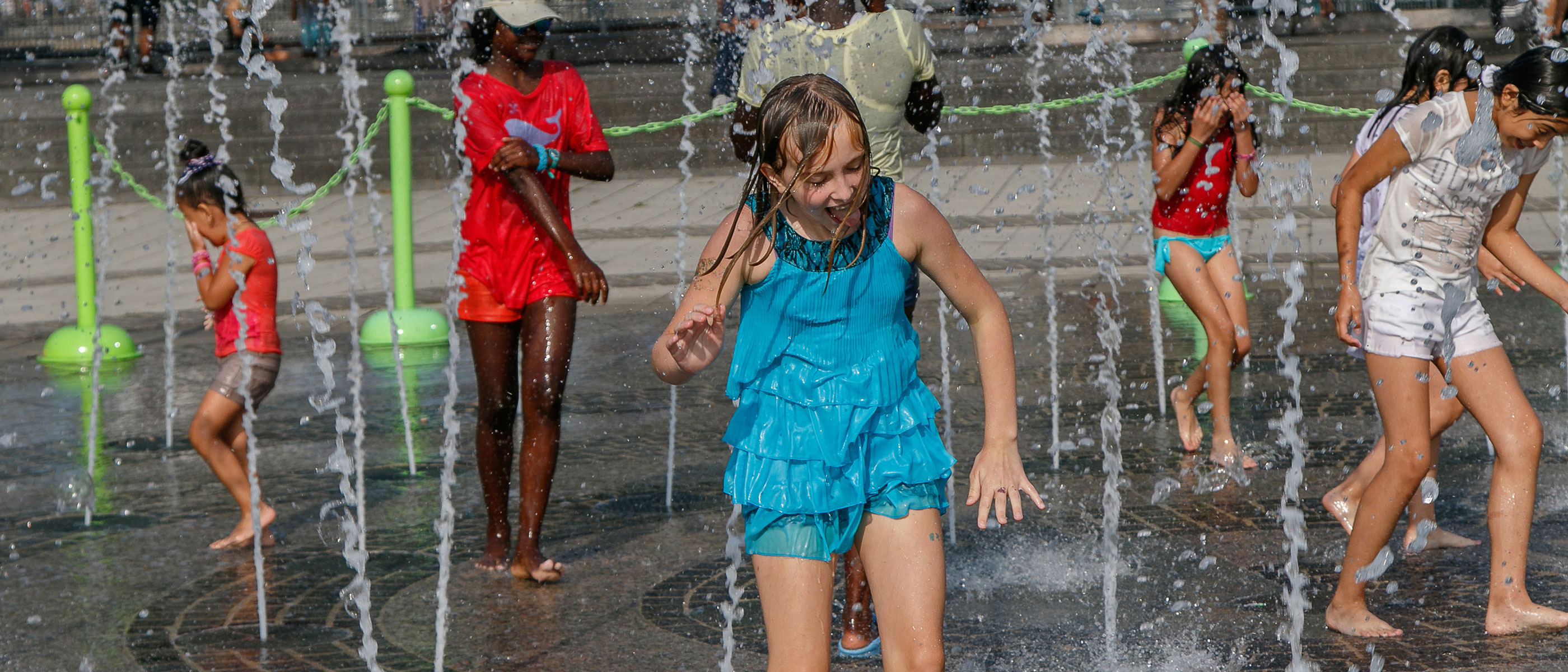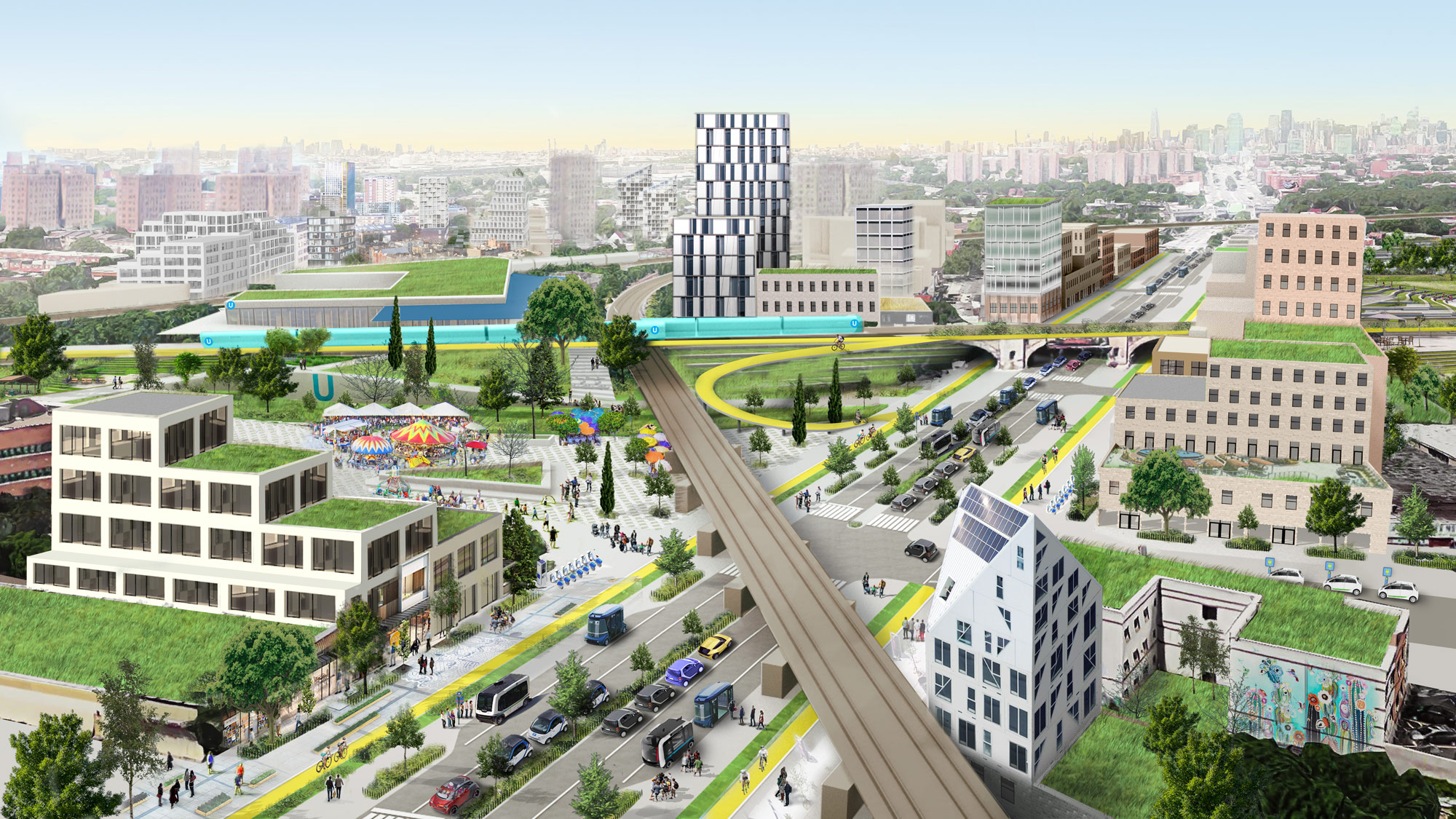
Extreme heat poses a far bigger threat to human life than other climate change effects such as extreme flooding, particularly in cities. Between 2000 and 2012, extreme heat was responsible for 162 deaths in New York City alone—almost half of which were attributed to just two events in 2006 and 2011.
Unfortunately, the number of “extreme heat event” days is expected to multiply fivefold in the next 30 years from 11 to 55 days in New York City; from eight to 55 in Newark; and from six to 31 in Hartford. Deaths could double by mid-century.
Heat events also pose significant economic risks. Between 2002 and 2009, heat waves were responsible for $5.2 billion in health costs due to premature deaths, with an additional $179 million due to heat-related illnesses. Communities with large populations of children and the elderly, and households with low incomes are especially at risk for both health and economic impacts.
Although extreme heat kills more people, on average, than any other type of extreme weather event, the majority of adaptation funding provided in recent years has gone toward protecting against storm surges rather than reducing the effects of heat.
Extreme heat can be reduced and managed by making our cities greener and preparing for the inevitable rise in temperatures

Outcomes
Paying for it
State and local expenditures in the form of tax breaks, utility rebates, and other financial incentives, such as cool roofs and better building materials, would leverage localized UHI-mitigation strategies. Meanwhile, large-scale mitigation strategies such as increasing the urban tree canopy, replacing streets with “cool pavements,” and installing green infrastructure will require large investments from municipal, state, and federal governments, as well as nonprofits. For example, New York City’s Million Trees Initiative was able to meet its goal two years ahead of schedule and with expansive reach, with help from the nonprofit New York Restoration Project, which raised $30 million to implement the plan. Municipalities will also need to account for the ongoing maintenance costs of these projects. Some projects that have multiple benefits, such as climate adaptation or stormwater management, could leverage funding from federal or other sources that might be more readily available to implement cooling measures. These high up-front investments could help control healthcare expenditures in vulnerable communities and spur more economic investment in “newly green” communities.
1. New York City Department of Health and Mental Hygiene, “Epi Data Brief,” 2014
2. The National Resources Defense Council, “Killer Summer Heat,” 2012
3. The National Resources Defense Council, “Health and Climate Change: Accounting for Costs,” 2011
4. Centers for Disease Control and Prevention, “Climate Change and Extreme Heat Events,” 2016
5. Public Health Institute and Center for Climate Change and Health, “Extreme Heat, Climate Change and Health,” 2016
6. Madrigano, Jaime et al., “A Case-Only Study of Vulnerability to Heat Wave–Related Mortality in New York City (2000–2011),” Environmental Health Perspectives, 2015